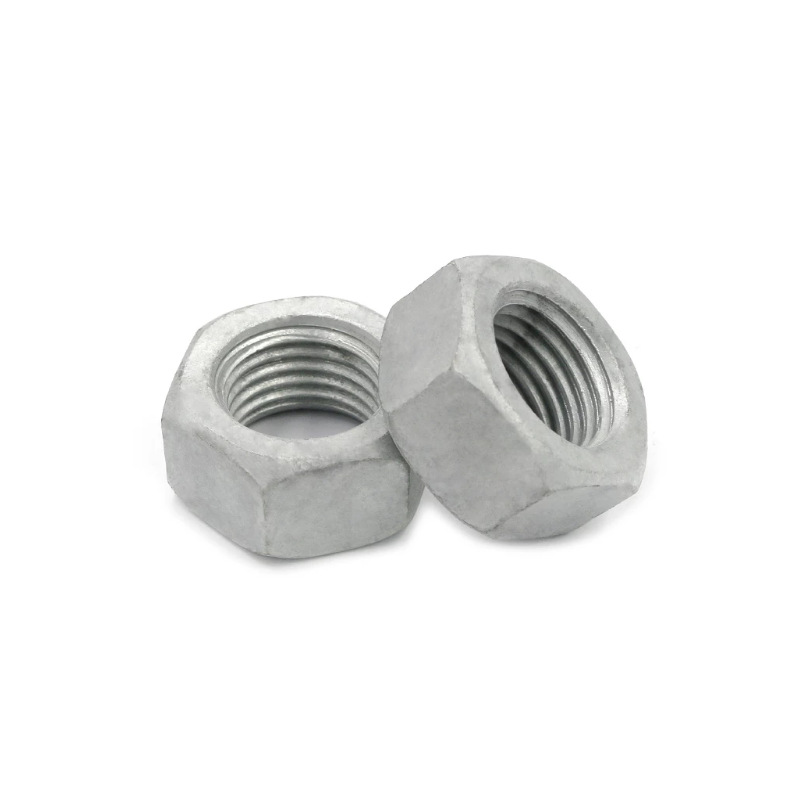

Choosing the Right Size for Self-Tapping Screw Heads in Your Projects
नवम्बर . 01, 2024 09:52 Back to list
Choosing the Right Size for Self-Tapping Screw Heads in Your Projects
Understanding Self-Tapping Screw Head Size
Self-tapping screws are essential fasteners widely used in various industries, from construction to electronics. One of the critical aspects to consider when working with self-tapping screws is their head size. The head size not only determines how the screw interacts with the material but also affects the overall aesthetics and functionality of the assembly.
Types of Screw Heads
Self-tapping screws come with various head types, each designed for specific applications. The most common types include
1. Pan Head This type has a slight dome shape and is excellent for providing a finished appearance. Pan heads are often used in situations where aesthetic appeal is necessary.
2. Flat Head With a countersunk design, flat heads sit flush with the surface when fully installed. This feature is crucial for applications where a smooth surface is needed, such as in furniture making.
3. Hex Head These screws resemble bolts and require a wrench for installation. Hex heads provide excellent torque and are ideal for heavy-duty applications.
5. Torx Head Known for their star-shaped design, Torx screws offer superior resistance to rounding out, making them popular in automotive and electronic devices.
self tapping screw head size

Importance of Proper Head Size
Choosing the correct self-tapping screw head size is vital for several reasons
- Compatibility The screw head must match the tool being used for installation. For example, a Phillips head screw requires a Phillips screwdriver. Using an incompatible tool can damage both the screw and the material.
- Load Distribution The size of the screw head affects how the load is distributed across the surface. A larger head can distribute the load better and prevent sinking into softer materials, while a smaller head may be suitable for tighter spaces.
- Aesthetics The appearance of the screw head can significantly impact the final look of a project. For instance, if the heads are visible, a larger or more decorative head may be preferred for aesthetic reasons.
- Tightening and Removal A properly sized screw head allows for easier tightening and removal. If the head is too small, it can strip, making removal challenging.
Conclusion
In summary, while self-tapping screws might seem like a minor component in a project, their head size is a critical factor that cannot be overlooked. Understanding the various types of screw heads and their specific applications will help in selecting the right fastener for any project. Whether for a DIY endeavor or professional construction, careful consideration of screw head size ensures not only functionality and durability but also enhances the overall visual appeal of the final assembly.
Latest news
-
Similarities and Differences Between Plain Washer and Spring Washer - Fastener Comparison Guide
NewsJun.10,2025
-
Effortless Installation Self-Drilling Window Screws - Fast, Secure, and Durable Fasteners
NewsJun.10,2025
-
Self Drilling Stucco Screws for Fast, Secure Installation Self Tapping & Self-Tapping Fasteners
NewsJun.10,2025
-
Premium Hot Dipped Galvanized Self Tapping Screws - Durable Corrosion Resistance
NewsJun.09,2025
-
Discover M12 Weld Stud Benefits & Applications Guide
NewsJun.09,2025
-
M25 Stainless Steel Washers High-Durability Fasteners for Corrosion Resistance
NewsJun.09,2025

